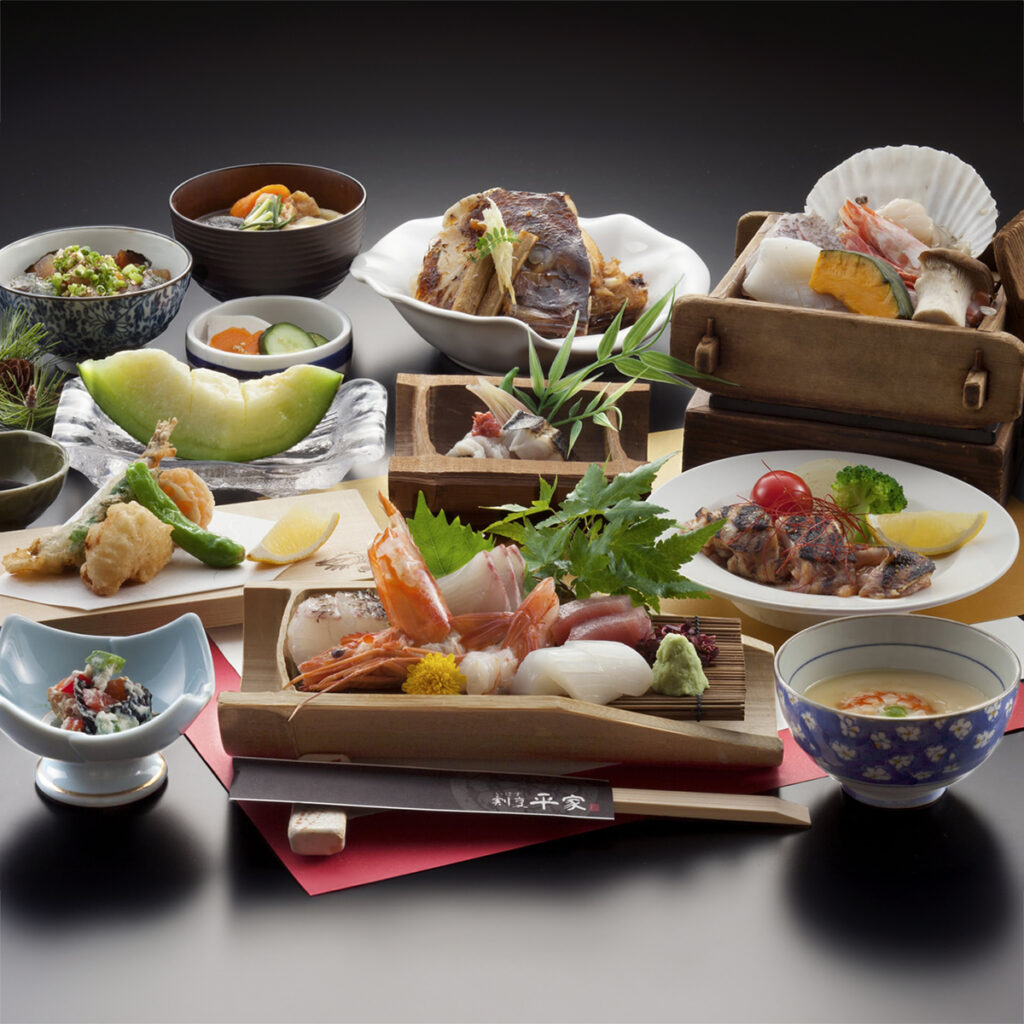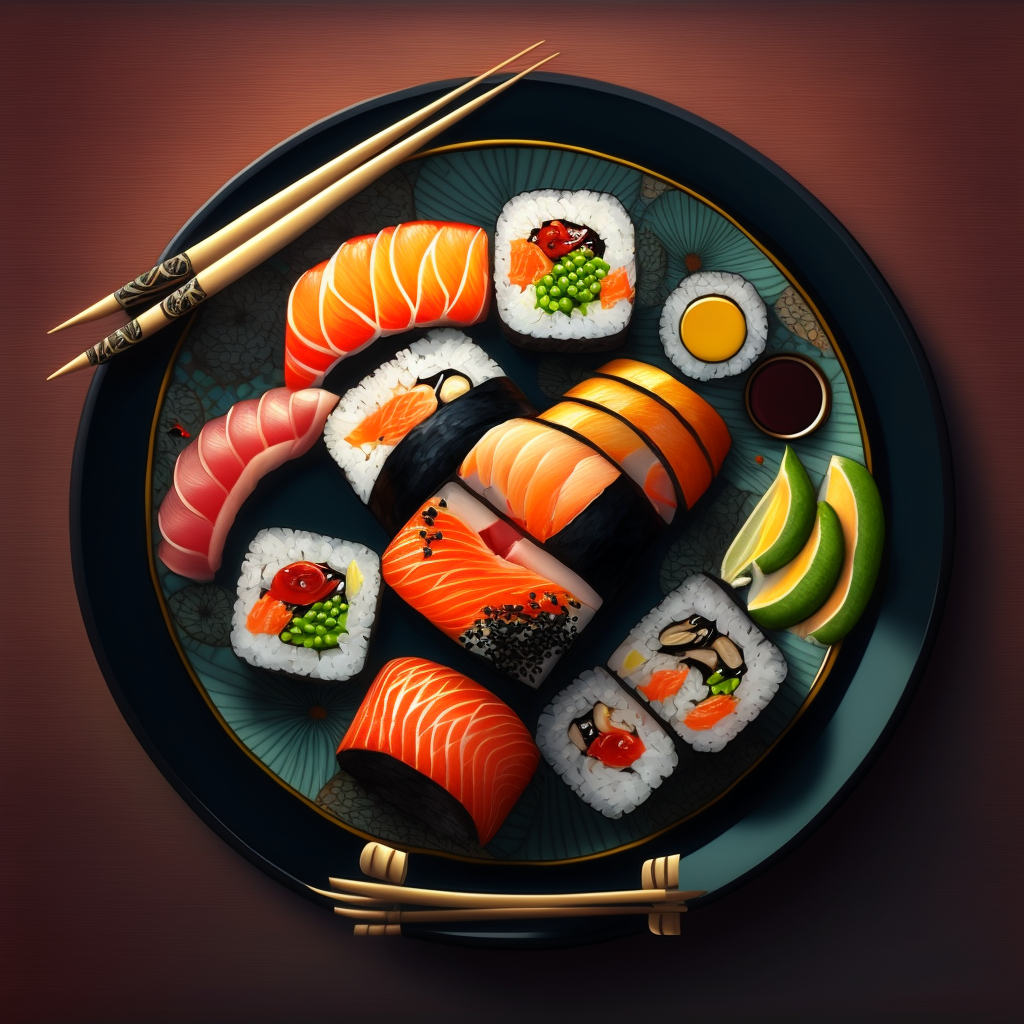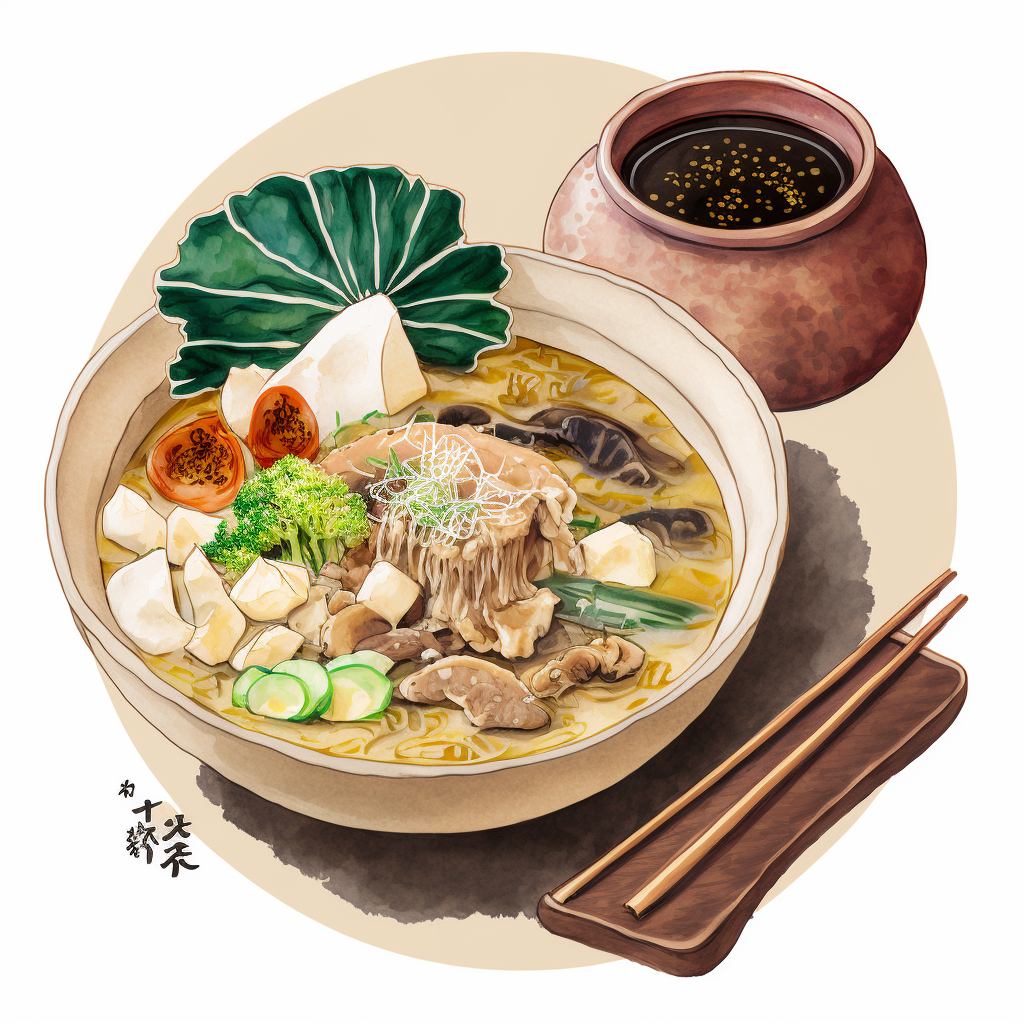At the heart of Japanese gastronomy lies a culinary art of incomparable elegance. He is known as the Kaiseki Ryori. This centuries-old gastronomic tradition originates from Japanese high society. It is a true tribute to aesthetics, seasonality and the balance of flavors.
Kaiseki Ryori: Origin and History
Kayseki Ryori has its roots in the tea ceremonies and banquets of Japanese nobility during the Muromachi era (1336-1573). Originally reserved for the aristocracy, this dish was considered a form of exquisite culinary art. Indeed, it is characterized by its meticulous attention to detail and its respect for the seasons.
Philosophy and Principles
At the heart of Kaiseki Ryori is a philosophy that celebrates nature and harmony. Each dish is meticulously crafted to reflect the balance between the five basic flavors. These flavors being sweet, salty, bitter, sour and umami. This dish highlights seasonal ingredients with respect and gratitude.
Kaiseki Ryori: Preparation and Presentation
This dish highlights a variety of high-quality ingredients, carefully selected for their freshness and seasonality. Menus vary depending on the seasons and regions, but certain ingredients are commonly used:
- Fresh fish and seafood: Such as tuna, salmon, halibut, shrimp, clams and oysters, often served as sashimi or sushi.
- Seasonal vegetables: Such as cherry blossom leaves (sakura), bamboo shoots, lotus roots, shiitake mushrooms and mountain ferns (warabi). li>
- Premium meats: Such as Kobe beef, Kurobuta pork and Matsusaka chicken, often prepared grilled or simmered.
- Aromatic ingredients and seasonings: Like wasabi, miso, soy sauce, rice vinegar, yuzu and algae.
Preparing Kaiseki Ryori requires mastery of traditional Japanese culinary techniques. Such as the precise cutting of fish (sashimi) for example. Or steaming (mushi), grilling (yakimono) and preparing simmered dishes (nimono).
Presentation is also crucial. The dishes are carefully placed on ceramic or lacquer plates. This highlights their natural beauty. Guaranteed visual and taste experience!
Traditional Recipe
The exact preparation of Kaiseki Ryori may vary depending on the chef and available ingredients. But here is a basic recipe:
- Start by serving an assortment of appetizers (zakuzaku). Such as sashimi bites, pickled vegetables and seasonal appetizers.
- Then present a delicate clear soup (suimono). Often decorated with seaweed, mushrooms and tofu.
- Follow with a starter dish (hassun) highlighting seasonal ingredients. Such as steamed vegetables, grilled fish and seasonal salads.
- Then present a plate of fresh sashimi. Artistically arranged on ceramic plates.
- Serve a simmered dish (nimono) or a steamed dish (mushi). Accompanied by white rice cooked to perfection.
- Finish the meal with an assortment of fresh seasonal fruits or a delicious Japanese pastry (wagashi). Served with green tea.
This Kaiseki Ryori recipe offers a refined dining experience that celebrates the richness of Japanese ingredients and the art of Japanese cooking.
Transmission and Evolution
Although Kaiseki Ryori is rooted in tradition, it is not stuck in the past. Contemporary chefs continue to innovate by incorporating new techniques and influences while respecting the fundamental principles of the culinary art. This constant evolution ensures that Kaiseki Ryori remains relevant and captivating for future generations.
In conclusion, Kaiseki Ryori is much more than just a meal. It is a form of artistic expression that embodies the very essence of Japanese culture. With its perfect balance of tradition and innovation, it continues to amaze and inspire food lovers around the world.



